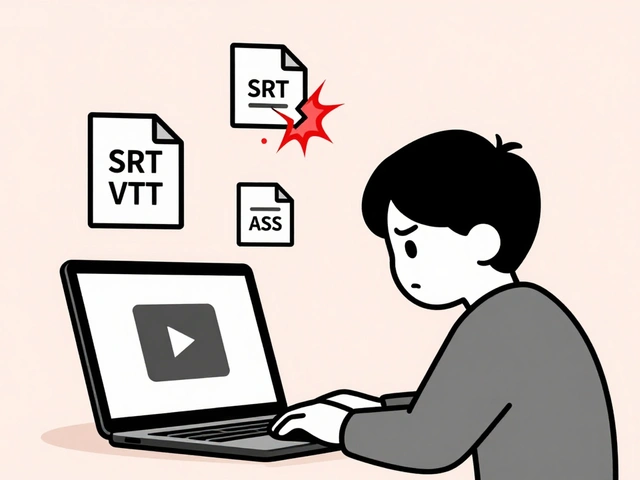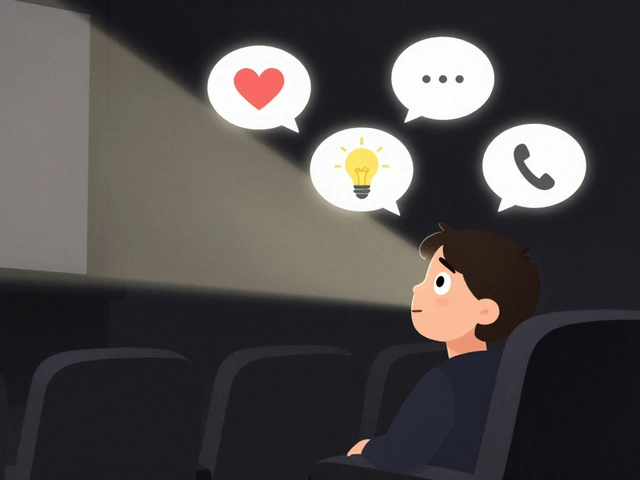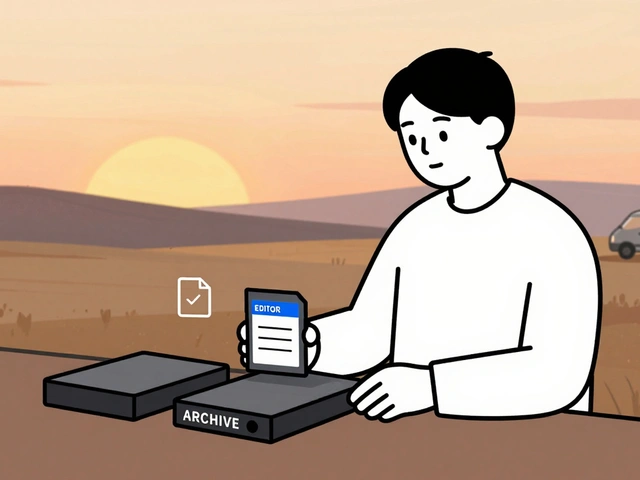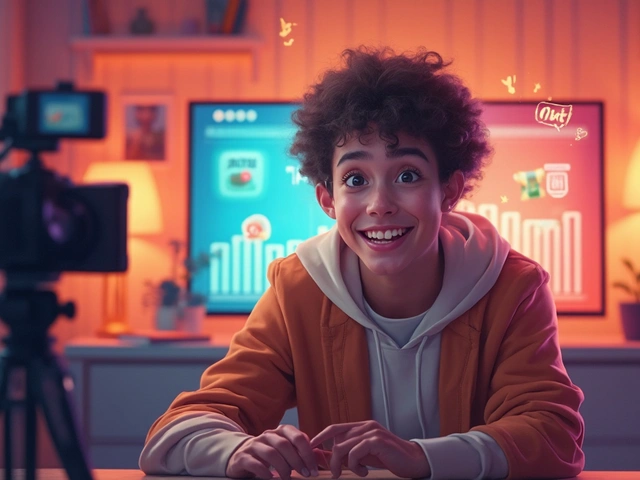Indie Filmmakers: Tools, Trends, and Truths Behind Low-Budget Cinema
When you think of indie filmmakers, independent creators who make films outside the studio system, often with small crews and tight budgets. Also known as independent filmmakers, they don’t have Hollywood backing—but they have grit, creativity, and a deep understanding of what makes a story stick. These are the people shooting on iPhones in their backyards, editing in coffee shops, and submitting to festivals like Fantastic Fest, a major genre film festival where new indie horror and experimental films break through or Sitges Film Festival, a global hub for bold, unconventional cinema that celebrates risk-taking storytellers. They’re not waiting for permission. They’re just making films.
What makes indie filmmaking different isn’t the gear—it’s the mindset. You don’t need a RED camera to tell a powerful story. You need a clear idea, a solid script, and the patience to edit it right. That’s why tools like DaVinci Resolve, a professional-grade video editing software used by indie filmmakers for color grading and cutting on modest hardware are so vital. Many start with free or low-cost software, learning the craft through trial and error. They optimize their video editing hardware, builds that balance performance and cost, often using external SSDs and mid-range GPUs to handle 4K footage without breaking the bank. It’s not about having the latest tech—it’s about using what you have better than anyone else.
And then there’s the distribution. Indie filmmakers don’t rely on TV networks or theater chains. They use streaming platforms, film festivals, and social media to find their audience. They know that release timing, when a film drops online or premieres at a festival, can make or break its visibility. A well-timed debut at a niche festival can lead to a viral moment on YouTube. A clever email filter setup helps them track submission deadlines and avoid missing opportunities. They’re not just making movies—they’re managing campaigns, building communities, and learning how to turn passion into a sustainable practice.
Behind every indie film is a person who said ‘yes’ to an idea when everyone else said ‘no.’ They edit late at night, borrow lenses from friends, and drive across states to screen their work in a library basement. Their success isn’t measured in box office numbers—it’s measured in how deeply their story lands with one person who finally sees themselves on screen. That’s the real win.
Below, you’ll find real guides from filmmakers who’ve walked this path: how to organize your editing workflow, what hardware actually works on a budget, how to get noticed at festivals, and how to cut through the noise without a big marketing team. No fluff. Just what works.
16
Darren Aronofsky Essay: The Filmmaker Who Started with Pi
Darren Aronofsky started with a $60,000 film called Pi and became one of indie cinema’s most daring voices. His obsession with madness, bodies, and meaning changed independent filmmaking forever.
Latest Posts
Popular Posts
-
 App Layout Strategies: Organize Streaming Services by Genre and Use
App Layout Strategies: Organize Streaming Services by Genre and Use
-
 Why Subtitles Aren't Working: Fix Common Video Text Issues
Why Subtitles Aren't Working: Fix Common Video Text Issues
-
 Breakout Indies at the Box Office: How Word-of-Mouth Made These Films Blockbusters
Breakout Indies at the Box Office: How Word-of-Mouth Made These Films Blockbusters
-
 Paramount+ with Showtime vs. Peacock Premium vs. ESPN+: Which Sports Add-On Fits Your Viewing Habits?
Paramount+ with Showtime vs. Peacock Premium vs. ESPN+: Which Sports Add-On Fits Your Viewing Habits?
-
 Data Management: DIT, Backups, and Archival Best Practices for Video Teams
Data Management: DIT, Backups, and Archival Best Practices for Video Teams



